Why do Tires Blow Up? Causes, Effects, And Prevention
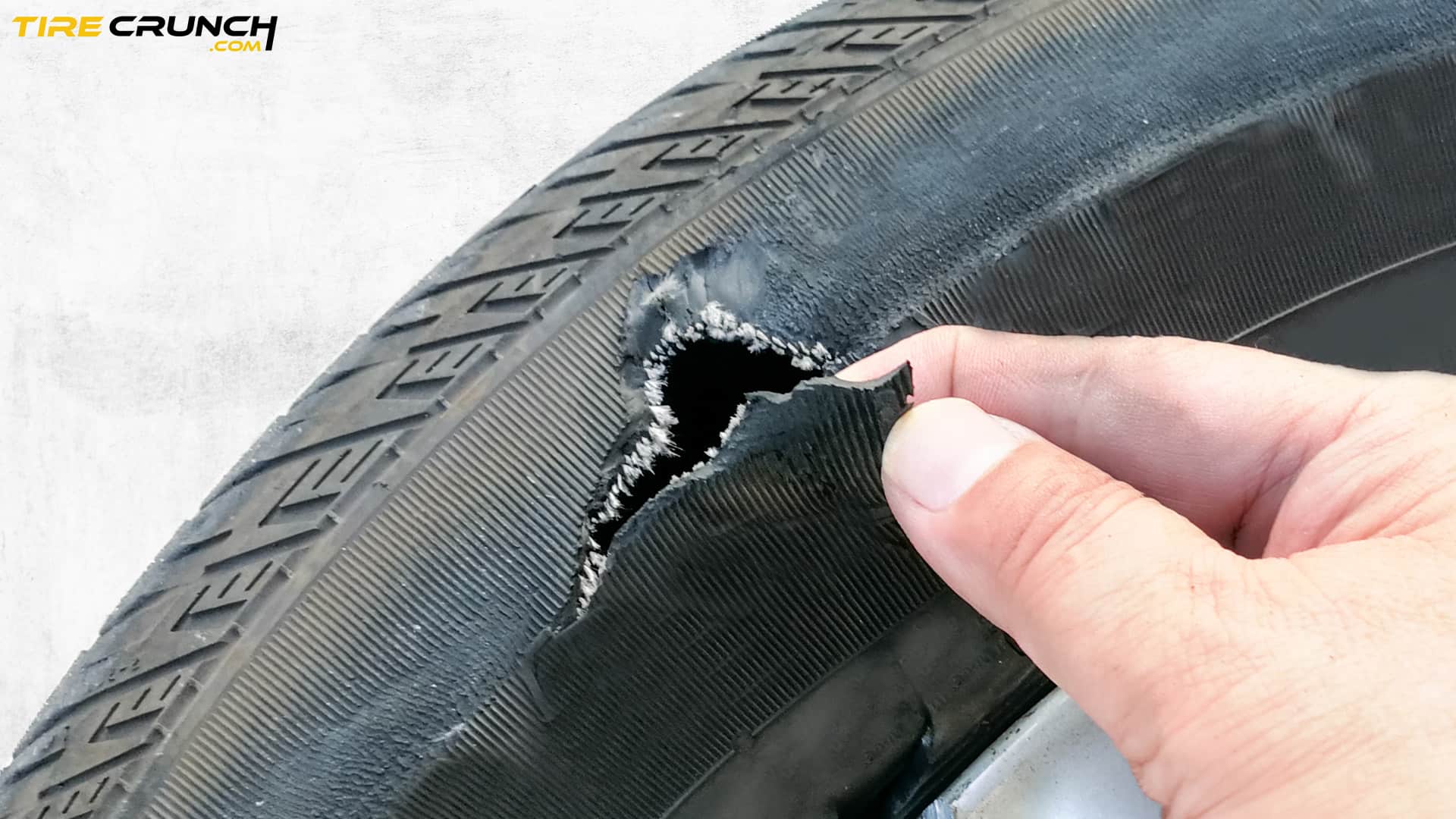
When breaking down the crash data from select states – it ain’t pretty. According to the National Transportation Safety Board, tires cause an average of 33,000 accidents each year, and sadly, these result in more than 500 deaths.
Whether it’s you or someone special behind the steering wheel: we’re sure you want to minimize your chances of being in a car accident caused by tire issues like blowouts.
In this article, we’re going to find out why do tires blow up and we’ll provide some handy tips on how to choose and maintain your tires so you can avoid these risks entirely.
What Is a Tire Blowout?

According to those in the know at National Highway Traffic Safety Administration (NHTSA), tire blowouts tend to happen when tires rapidly lose pressure – leaving drivers struggling to steer their way out of trouble.
These happen more frequently from May through October, so it’s imperative that you get your ride checked out come springtime each year before setting off on any adventures. Make sure those tires are patched up and ready to hit the pavement without any hiccups!
Why do Tires Blow Up? The Most Common Causes
Worn-out tires: One common cause is simply wear and tear. Tires can only last so long before they become too thin or weak to handle the pressure of daily driving. It’s like trying to run a marathon on worn-out shoes – eventually, something’s gotta give.
Low tread depth also means more heat buildup inside your tires. When air can’t flow through the grooves as well as it should – because there’s not enough space – friction creates heat instead. That’s no good for anyone.
Under-inflated or over-inflated tires: Having underinflated tires means that they’ll flex too much and heat up too fast, making them more likely to pop
Over-inflating tires isn’t good either – it causes them to wear down faster and increases their risk of blowing out.

Road Debris: Sometimes, rubbish scattered on the road can make your tires suffer. At times, you might not detect the damage instantaneously. You could drive for miles without realizing that your tire is badly damaged. Whereas, other times, the instant impact from a sharp object leads to a blowout.
For instance, if you run over a nail, air pressure may decrease gradually; but ultimately flattening your tire. However, a large object can cause an abrupt and explosive blowout.
Old or poorly-maintained tires are much more likely to fail than fresher ones
Defective tires: Although very rare, sometimes tires come with manufacturer defects which can lead to blowouts. Luckily, you should not worry about this too much these days. Manufacturers provide clear recall information regarding any significant and potential issues on defective production models.
Simply check online with National Highway Traffic Safety Administration by entering your car’s VIN number into their website database for peace-of-mind assurance.
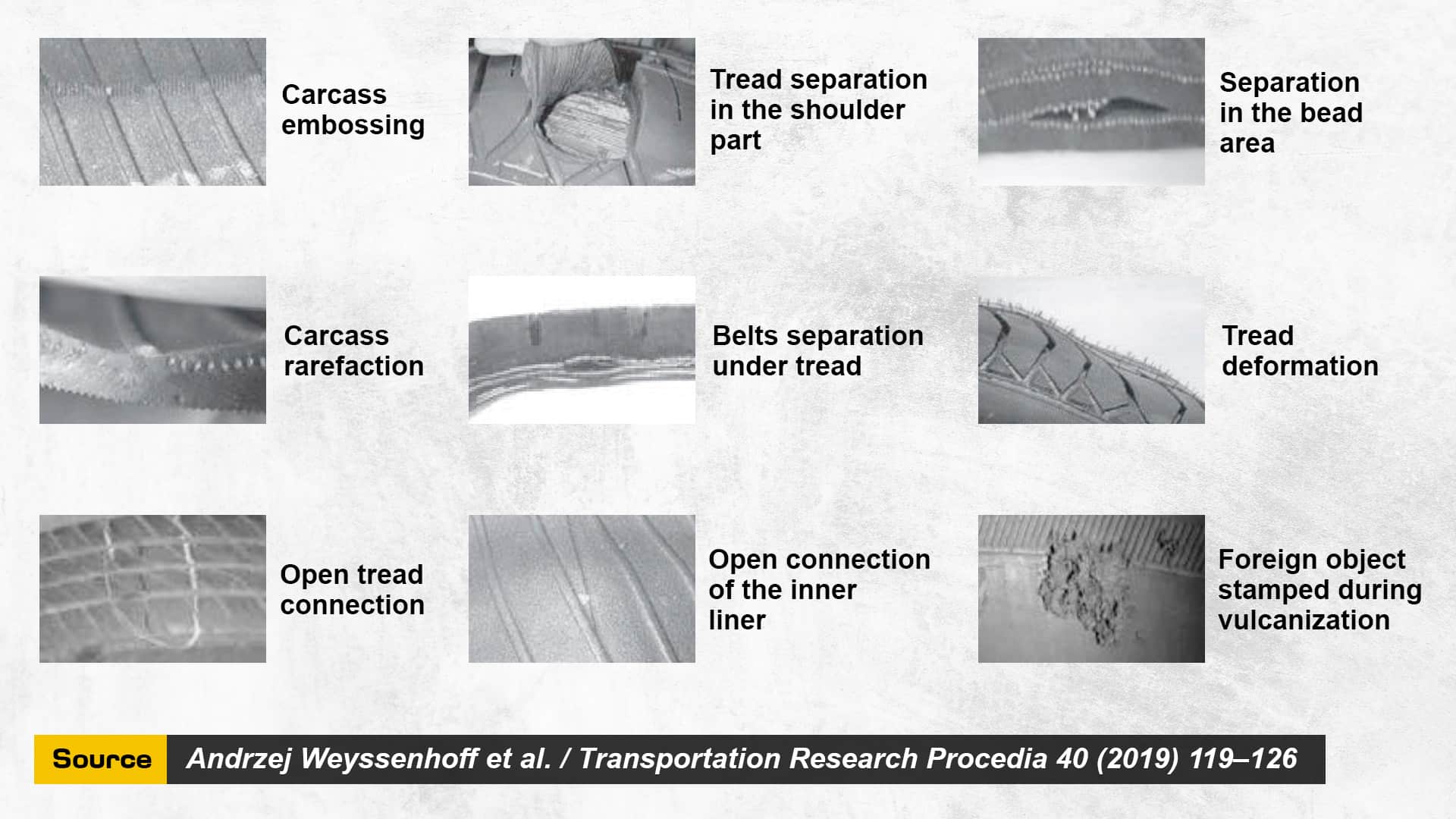
Potholes: Finally, the potholes! They may look harmless enough at first glance, but hitting one can cause rapid expansion and contraction of the tire – increasing the likelihood of it blowing out completely.
Overloading: When there’s too much weight or uneven pressure, our tires have to work extra hard to keep their shape and support us while we drive. This causes them to heat up and wear out faster than normal. Eventually, they may become weak spots, where air can escape or even burst
And it’s not just the weight of our passengers and cargo that counts – it’s also about distribution. If we pile everything on one side of the car, we’re putting uneven pressure on our tires. Same as carrying all your grocery bags with one arm – it wouldn’t feel good for long.
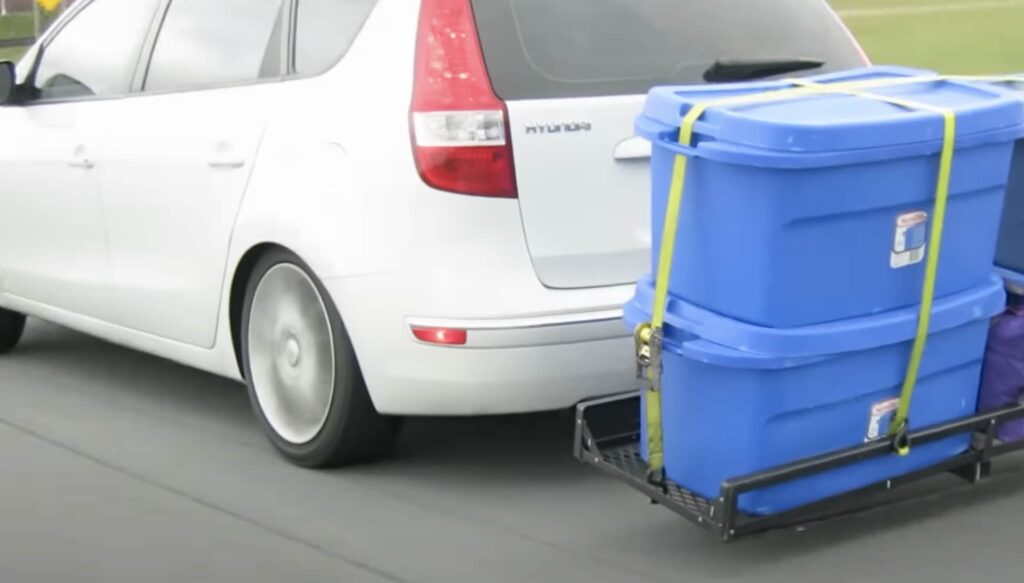
Related Reading: How to check the load index of my tires?
How do you avoid a tire blowout?
Ensure that your tires are properly inflated at all times
To avoid tire-related accidents and keep your car rolling smoothly, it’s vital to take good care of your tires. Paying attention to air pressure is crucial in keeping your vehicle safe. Make sure to check your tire pressure monthly with a gauge when the rubber is cool.
According to UTires, almost 20 percent of accidents involving heavy-duty vehicles are due to tire pressure issues.
Here are some tips that’ll help you maintain appropriate levels of air:
Don’t go over the tire limits
Tire manufacturers design each tire with a specific load capacity and maximum speed rating. The load index indicates how much weight a tire can handle, while the maximum speed rating tells you how fast you can go without risking a blowout.
Now, let’s talk about overloading your vehicle – not something to scoff at. When you surpass the listed tire capacity by packing too many passengers or cargo items, your tires face excessive pressure beyond their capability which increases the chance of sudden failure; no warning signs or blinking lights to alert you.
Avoid Potholes
Hitting potholes can wreak havoc on your tires, causing damages that can lead to a sidewall blowout.
If you’re navigating through treacherous terrain, it’s best to reduce speed cautiously and avoid applying brakes directly before hitting the pothole.
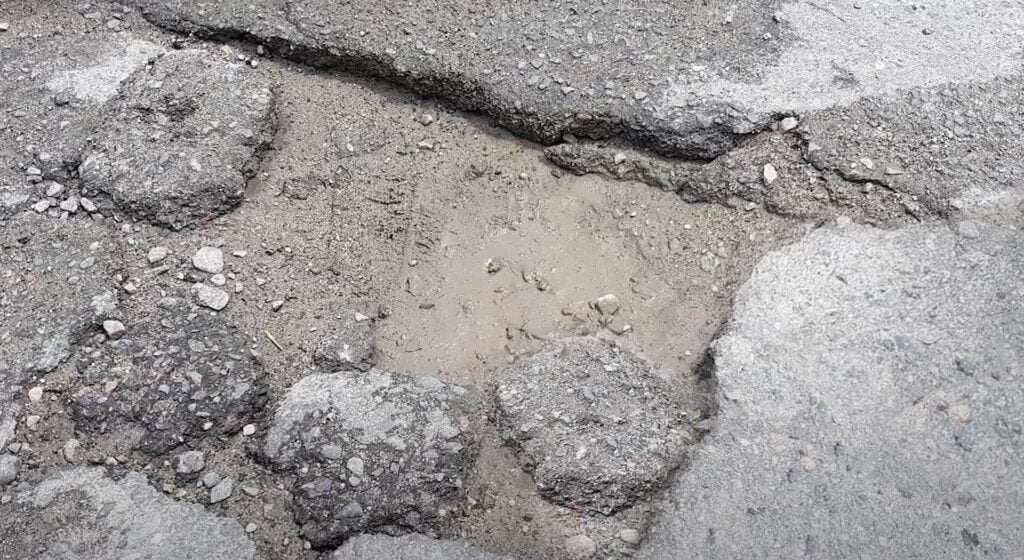
Inspect Tires Regularly
Getting your tires checked by a professional technician is always the best option. Car experts may spot uneven wear or small punctures better than you ever could. So, don’t hesitate to take your car for a checkup and make sure that those components are functioning well enough. Sometimes, tires even need extra care such as maintenance.
However, if you’re short on time or just looking to do some quick checks yourself, remember to assess the visible aspects of the tires:
Tire inspections are especially important for tires older than 5 years. According to Michelin, if your tires have been in use for five years or longer, you should get them checked at least once a year by a tire service expert. This regular inspection can determine if your tires are still safe to use and catch any potential problems before they become serious.
As a precautionary measure, many tire manufacturers recommend replacing tires that are 10 years or older, even if they appear to be in good condition and have not reached the legal wear limit.
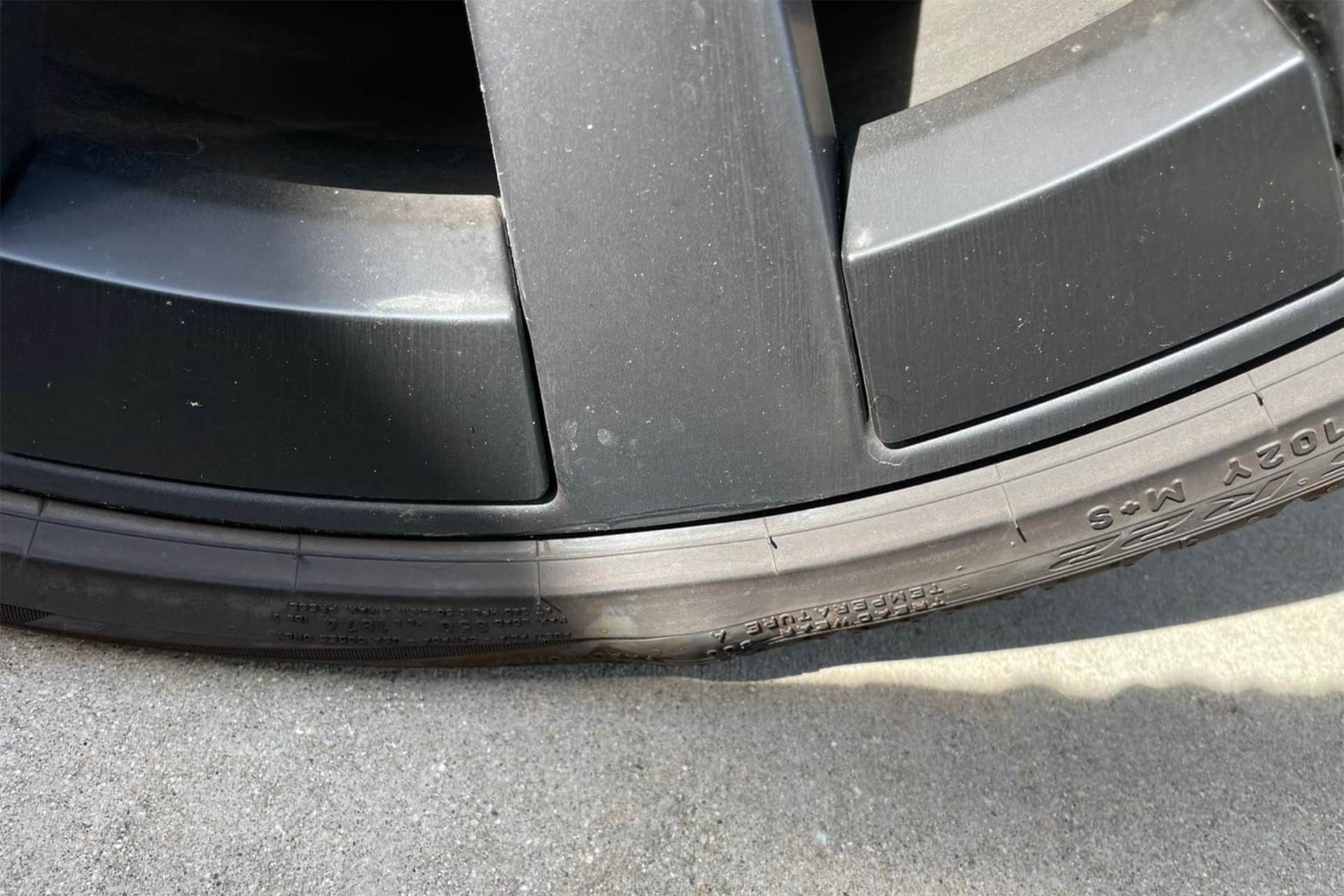
How to find the manufacturer date of your tire
Look for the Department of Transportation or DOT code on the sidewall of the tire. The code starts with “DOT” and ends with the week and year of manufacture.
For example, if the code ends with “2120,” it means the tire was made in the 21st week (May) of 2020.
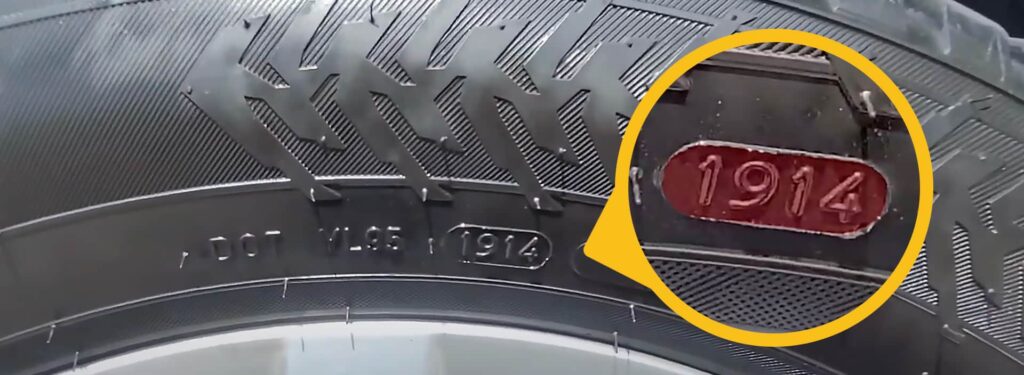
What to do if your tires blow While Driving?
If your tire blows out while driving, do your best to keep cool. The most important thing when it happens is to keep the vehicle stable and under your control. Resist putting on the brakes or taking your foot off the gas pedal abruptly as these can throw you off balance, and losing control is not an option here. Instead, follow these steps to regain control:
Does it make a difference if my front Or Rear tire blows out?
In short: no. You’ll need to take similar precautionary measures regardless of whether it was a front or rear tire that gave up.
That said, there is a difference in how it will feel when you’re behind the wheel. In a front-tire blowout, prepare for more resistance coming from your steering. On the other hand, if it’s a rear-tire blowout – you may feel that one throughout the body of the car!
